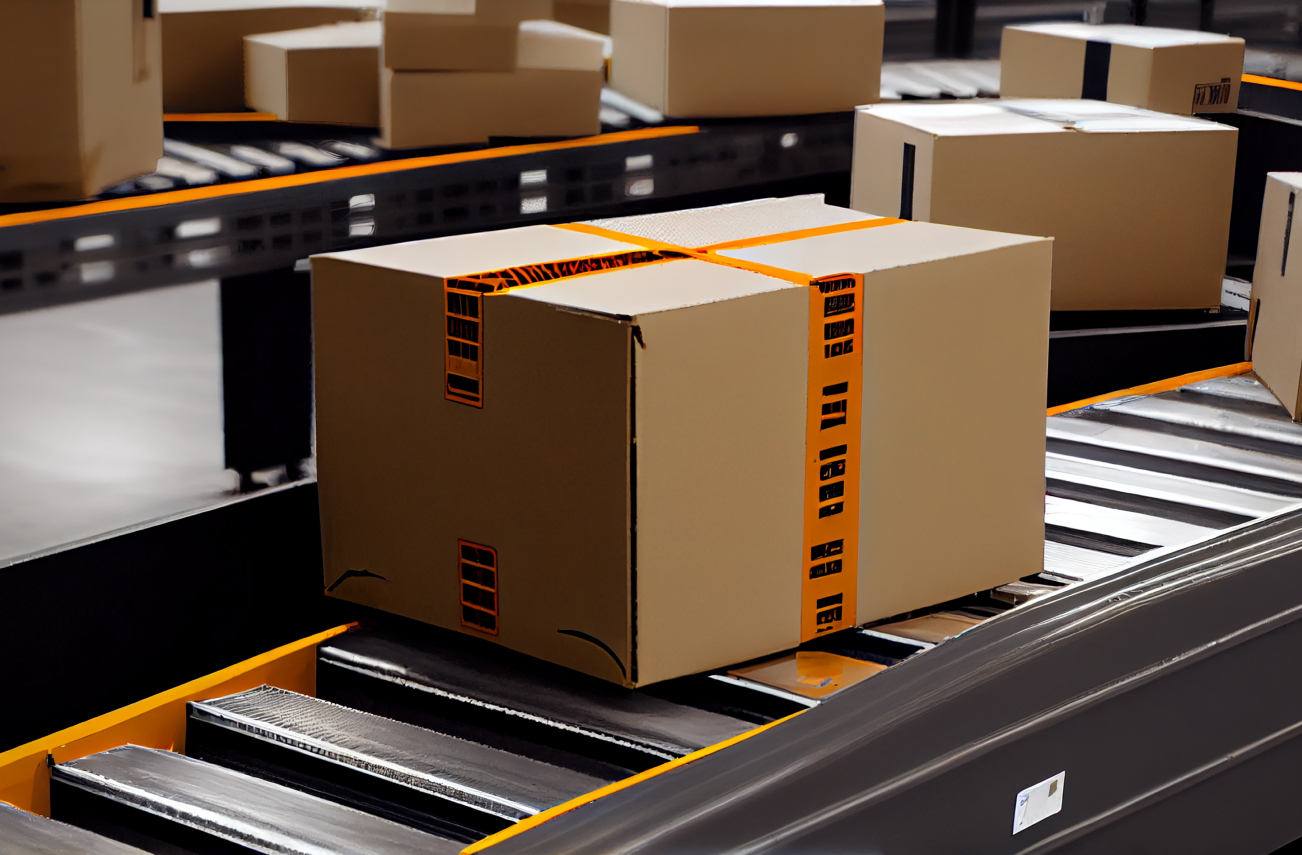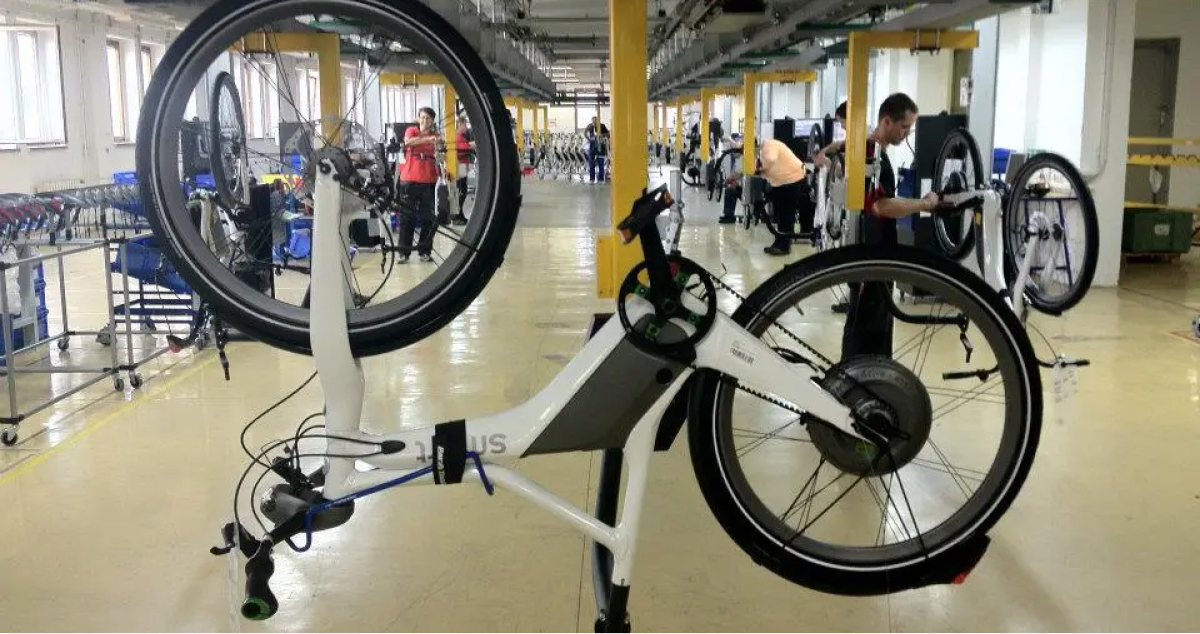Optimizing Logistics with Digital Twins
The Challenge A leading third-party logistics (3PL) provider in India faced increasing pressure to improve operational efficiency, reduce costs, and enhance customer satisfaction. The company struggled with several key challenges. Firstly, inefficient warehouse operations, characterized by manual processes and limited visibility, led to delays, increased labor costs, and suboptimal utilization of resources. Secondly, unpredictable delivery […]

The Challenge
A leading third-party logistics (3PL) provider in India faced increasing pressure to improve operational efficiency, reduce costs, and enhance customer satisfaction. The company struggled with several key challenges. Firstly, inefficient warehouse operations, characterized by manual processes and limited visibility, led to delays, increased labor costs, and suboptimal utilization of resources. Secondly, unpredictable delivery times, resulting from unforeseen delays, traffic congestion, and inaccurate route planning, further impacted customer satisfaction. Finally, the lack of real-time data and analytics hindered proactive decision-making and the ability to identify areas for improvement.
Implementing the Solution
To address these challenges, the 3PL company partnered with a provider of advanced engineering and technology solutions to leverage digital twin technology. This solution involved creating a virtual replica of the company’s warehouses, incorporating real-time data from sensors, cameras, and warehouse management systems. This warehouse digital twin enabled the identification of bottlenecks, the optimization of warehouse layout to improve material flow and minimize travel distances, and the prediction of equipment failures to minimize downtime and ensure smooth operations.
Furthermore, a virtual representation of the company’s transportation network was developed, encompassing routes, vehicles, and traffic patterns. This transportation network digital twin enabled the optimization of delivery routes to minimize travel time and fuel consumption, the prediction of potential delays to proactively address traffic congestion and other unforeseen events, and the improvement of fleet utilization by optimizing vehicle schedules and maximizing resource utilization.
To further enhance decision-making, advanced analytics and visualization tools were implemented to provide real-time insights into key performance indicators (KPIs), such as delivery times, on-time delivery rates, and resource utilization. This enabled data-driven decision-making and continuous improvement.
Achieving Results
By implementing this digital twin-driven solution, the 3PL company achieved significant improvements. Optimized warehouse layout and improved material flow led to a 10% reduction in labor costs and a 5% increase in warehouse utilization. Optimized routes and proactive response to disruptions resulted in a 15% reduction in average delivery times and a 10% increase in on-time deliveries. More predictable and reliable deliveries significantly improved customer satisfaction and strengthened customer relationships. Data-driven insights and proactive decision-making enabled the company to streamline operations and improve overall efficiency.
Conclusion
This case study demonstrates the transformative power of digital twin technology in the logistics industry. By leveraging this advanced technology, the 3PL company successfully addressed its operational challenges, improved efficiency, and enhanced customer satisfaction. This success story highlights the significant value that digital twins can bring to businesses operating in today’s dynamic and competitive landscape.



